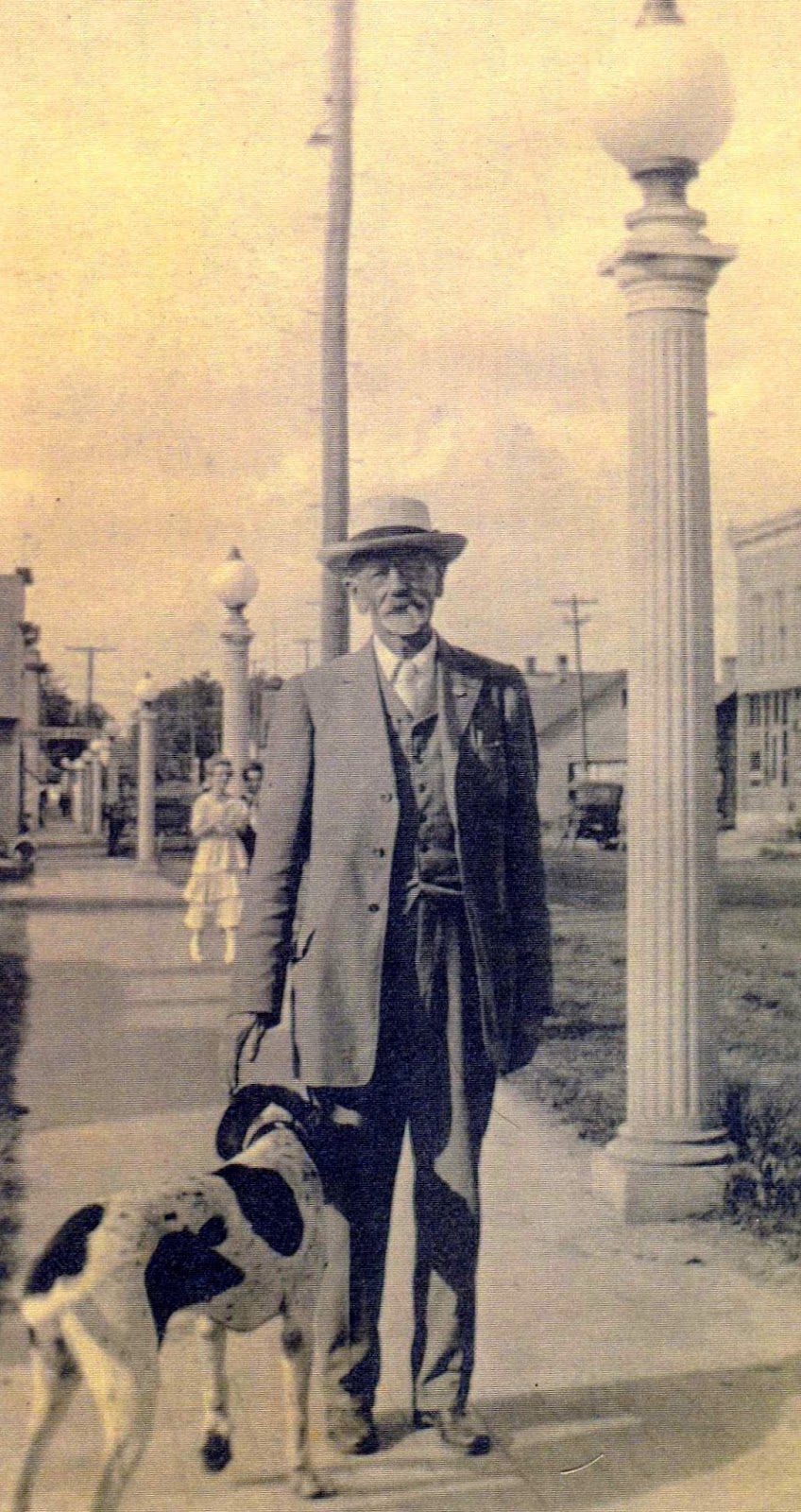Written by an unknown writer in an unknown year
The area around the present city of Westby was first settled by Norwegian immigrants in 1848. Many families came from Norway and bought land in the townships of Coon and Christiana, among them, Evan Gullord, Hans Olson Libakke, Hans Neprud, Ole Gullord and Martin Paulhaugen. Each one took a claim of land, and in 1849 and 1850 many more settlers came. They found here the trees which provided materials for their building and heat for their homes and the many springs and creeks, water. It was the good land.
Ole T. Westby, who was among a large group of settlers, arrived in 1867 bought forty acres of land on Coon Prairie and built a frame building to be used as a store and hotel in what would later become the current city of Westby. A general store and Blacksmith shop were located one mile south in what is now called 'Old Town'.
When the Chicago, Milwaukee and St. Paul Railroad built a branch line from Sparta to Viroqua in 1879, they erected a station in the new settlement and called it Westby Station to honor Ole Westby, who would become one of its better customers. The railroad gave the impetus for many businesses to be started here. Up to this time all goods had to be hauled from Prairie du Chien or Sparta by wagon.
 |
Dr. Schreiner north of the intersection
of Second and Main streets in the early twenties.
|
Both Methodist and Lutheran parishes were established in 1852. The first church was built in 1856-57 on Coon Prairie, south of the city, which served the entire area for many miles around.
Emily Westby opened a private school in 1880 upstairs over her fathers general store. In 1883, a school district was organized and a two-story school erected on the present site of the Westby Cooperative Creamery. The first school building having become inadequate was replaced in 1894 by a larger four-room building erected on the same site. In 1910, a brick two-story building was erected on a new and larger site, that of the present complex of school building. The first high school class was graduated in 1914. A new high school was built in 1936. This was remodeled into a Junior High after a larger high school was built in 1966. The Earl C. Knutson auditorium and gym combination was built in 1961, together with a new elementary grades center and other additions in recent years.
The first resident Westby doctor was Dr. J.K. Schreiner, who was later joined by Dr. J. Schee.
Westby Station was incorporated as a village in 1896 and by popular vote was made a city in 1920.
For many years Westby and the surrounding area were the hub of the tobacco industry. M.H. Bekkedal and C.T. Shannon built large tobacco warehouses where the tobacco was sorted before being shipped. This provided seasonal employment to any people, both men and women.
The first school building having become inadequate was replaced in 1894 by a larger four-room building erected on the same site. The site of the current Westby Cooperative Creamery. In 1910, a brick two-story building was erected on a new and larger site, that of the present complex of school buildings. This building was torn down in the late sixties. This new building included both a grade school on the lower level and the first high school on the second floor. A new high school was built in 1936. This was later remodeled into a Junior High after a larger high school was built in 1966. This Junior High has also been torn down. The Earl C. Knutson Auditorium and gym combination was built in 1961, together with a new elementary grades center and other additions in recent years. At present, the Westby Area School District serves elementary centers in Bloomingdale, Coon Valley and Chaseburg, as well as at Westby, with the high school located in Westby. After the article was written, Bloomingdale and Chaseburg schools have been closed.
The Coon Valley State Bank, which weathered the depression and bank closings in 1932, opened a main office in Westby in 1933 buying the Bekkedal Bank and changed its name to Westby Coon Valley State Bank.
Westby ranks second in the state in the number of cooperatives located in a community, namely, Westby Cooperative Creamery, Vernon Telephone Cooperative, Westby Cooperative Credit Union, Vernon Electric Cooperative, Vernon County Farmco, Vernon-Crawford D.H.I.A., Tri-State Breeders Cooperative and the Westby Farmers Union Cooperative.
There are several service clubs: Kiwanis, Lions, Sons of Norway, Senior Citizens, Norseland Garden Club, Rod and Gun and American Legion and Auxiliary.
 |
| Snowflake Ski Hill in 1923 |
Westby is well known throughout skiing circles for its Snowflake Ski Hill in Timber Coulee. Skiers from all over the world come for its annual tournaments which have been held since 1923. Olympic tryouts and national meets have been held here. Junior ski tourneys are also held annually.
Westby has several small but growing industries: a butter packaging plant, a creamery, a hardwoods plant, a Nordic Industries plant making furniture and a National Farmers Union gas plant. The P. Lorillard Tobacco Company receives tobacco from local growers at a warehouse here.
Besides its annual ski tournaments, Westby is also famous for its Syttende Mai celebrations every May.
But, most of all, it is famous for its traditional Scandinavian hospitality and friendliness over a cup of coffee.

No comments:
Post a Comment